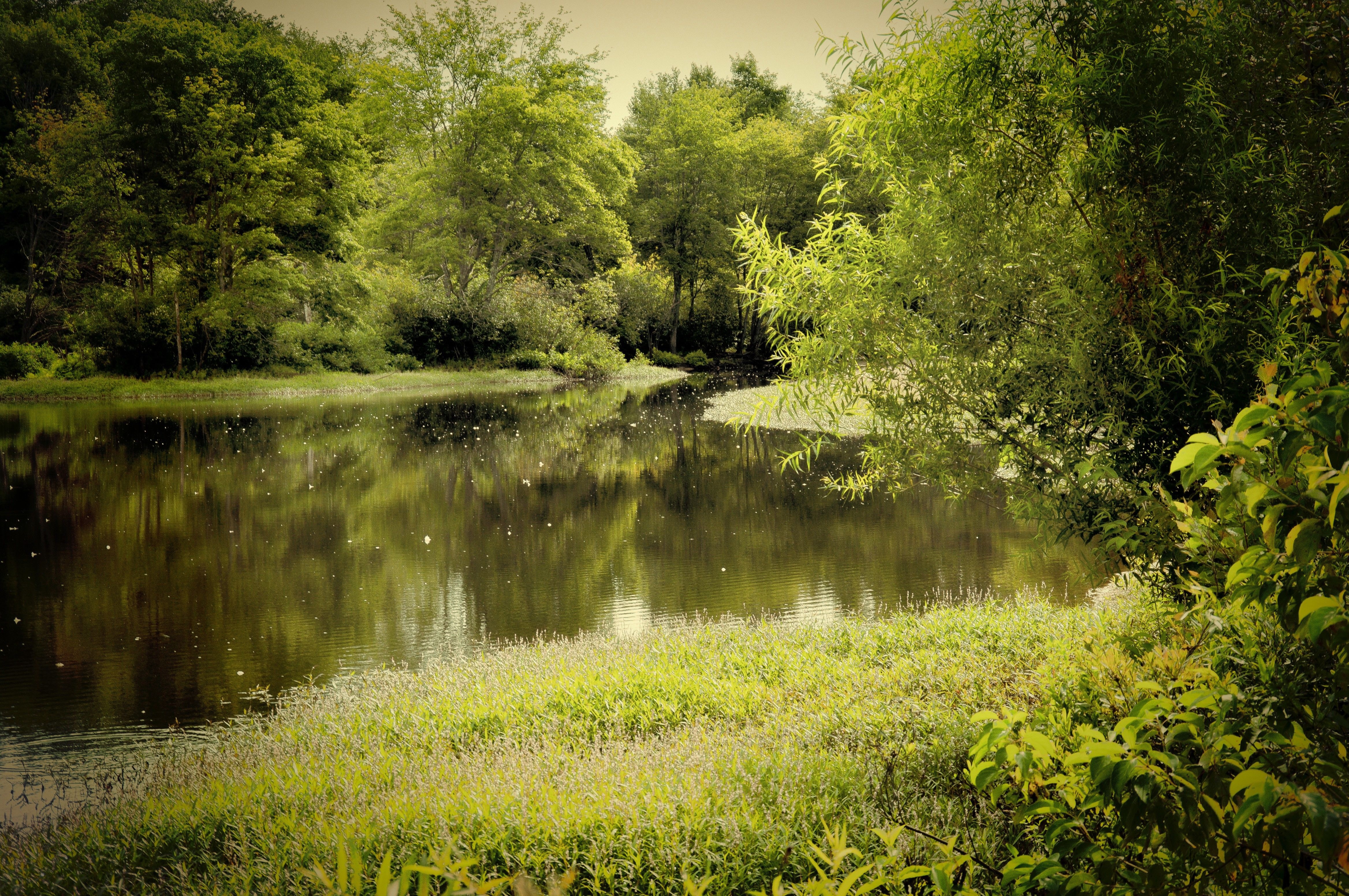
#LANDSCAPE PICTURE ISO#
Taken half an hour before midnight.Ĭanon 5D Mark IV, Sigma 150-600/5-6.3 C, 0,5 s, f/8, ISO 400, focal length 252mm. Even so, assume you will have to combine several photos (I would try to do this even when shooting the city on its own). Because the moon itself is hidden, I didn’t have to worry about its overexposure or blur from movement.Ĭanon 5D Mark IV, Sigma 150-600/5-6.3 C, 13 s, f/6.3, ISO 100, focal length 361mm.Ī simpler option may be a city setting, where the buildings are lit up. You also need to get various bright shots which you’ll combine later using the HDR technique: In the middle of the night, it was necessary to combine three photographs in order for the Moon and a bit of the observation tower to be seen.Ĭanon 5D Mark IV, Sigma 150-600/5-6.3 C, 1/100 s to 0,6 s, f/6.3, ISO 100, focal length 403mm.Īn alternative is to use the Moon to completely lighten the sky directly behind the subject: About three-quarters of an hour before sunrise. The sky isn’t bright, so the Moon must be very close to your foreground subject in order to light up the sky around it. On the other hand, you may want to shoot a photo in the middle of the night. The Moon is setting, but the Sun is starting to rise, so the observation tower gets some color too.Ĭanon 5D Mark IV, Sigma 150-600/5-6.3 C, 1/25 s, f/13, ISO 100, focal length 600mm. This is a middle of the road option, but it’s not a problem to diverge from this method and shoot with the sun at your back. Before sunrise, when it was already possible to capture a blue sky.Ĭanon 5D Mark IV, Sigma 150-600/5-6.3 C, 1/100 s, f/9, ISO 100, focal length 600mm.

When shooting shortly after sunset or, alternately, before sunrise, the sky remains blue with dark silhouettes emerging. The Moon is a given, but what else would you like in your image? In general, buildings with a distinctive silhouette reaching to the sky are ideal. Again, shot during a Lunar Eclipse, so the exposure settings are set for the dark.Ĭanon 5D Mark IV, Sigma 150-600/5-6.3 C, 1.6 s, f/6.3, ISO 3200, focal length 150mm. Shot from a different place and an hour later, when the Moon was closer to the horizon. Same scene, but shot using a telephoto lens. The following image was taken with a focal length of 150mm, as opposed to the other shots in this article, which had a focal length between 400 and 600mm. But you’ll have a harder time finding the right place to photograph. To make the Moon come alive in the image, it’s better for the Moon to be as large as possible. Due to the large difference in light, it was necessary to stack the photograph using multiple photos.Ĭanon 5D Mark IV, Canon EF 16-35/2.8 III, focal length 30mm, stacked using various exposures. Wide-angle landscape shot with the Moon taken during a partial eclipse. This method certainly makes the lay-out easier and choosing a location less demanding. It makes sense to use a wider perspective, where the sky is the main object and the Moon and foreground silhouettes become additions to the scene. You can photograph a moonlit landscape in many ways. There are always exceptions and other things to consider. It’s important to acknowledge that the Moon is frequently bathed in sunlight, so the basic settings will approximate daytime values. Read about finding the right time, place, and method to shoot the Moon.Īt first glance, it may seem that when shooting at night, an amazing camera and lens are required to make the image worth it. This celestial body shines (pun intended) when you add other objects to the image, whether it’s the silhouette of the landscape or a human figure. However, photos with the Moon alone are all very similar.


 0 kommentar(er)
0 kommentar(er)
